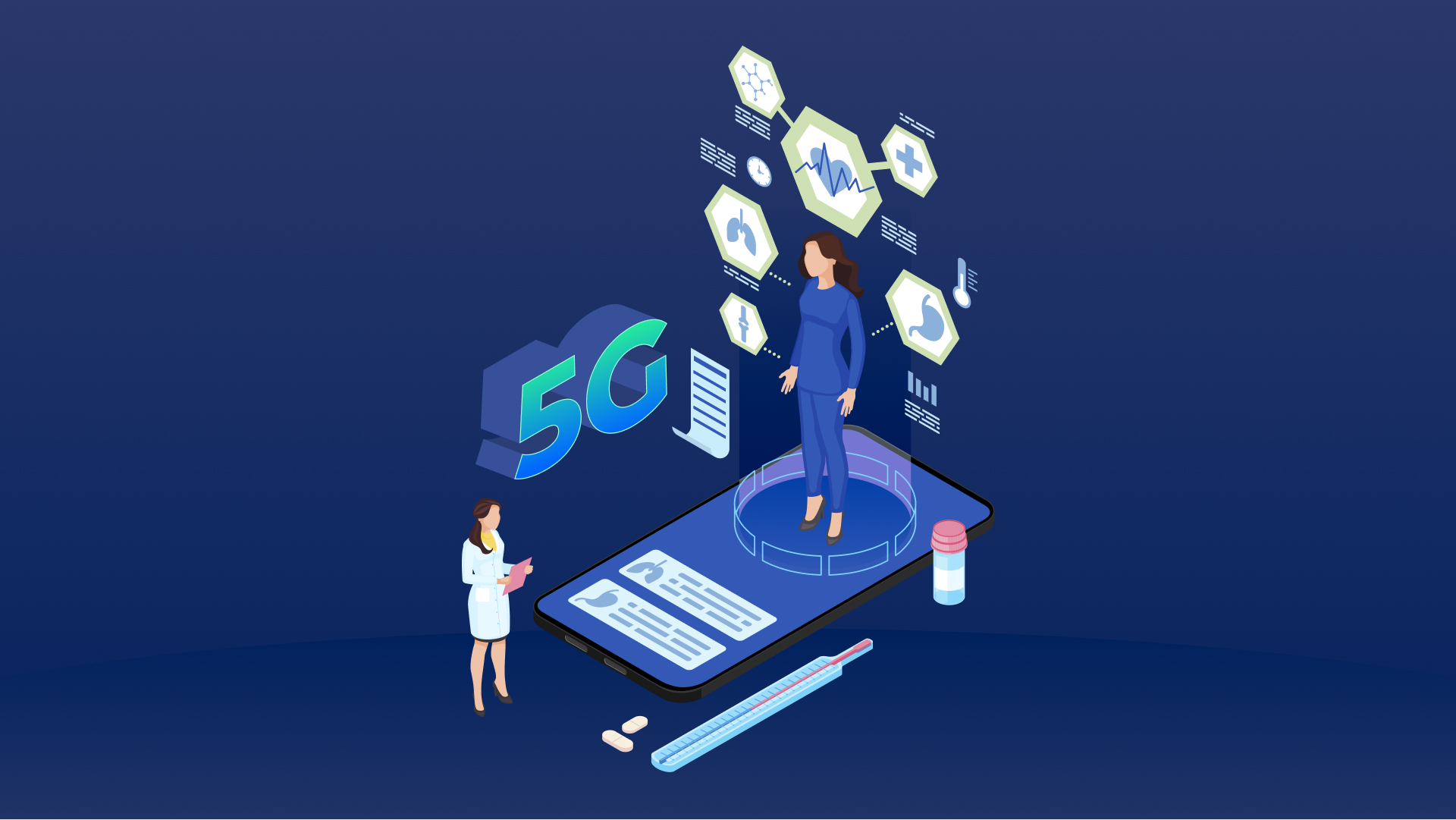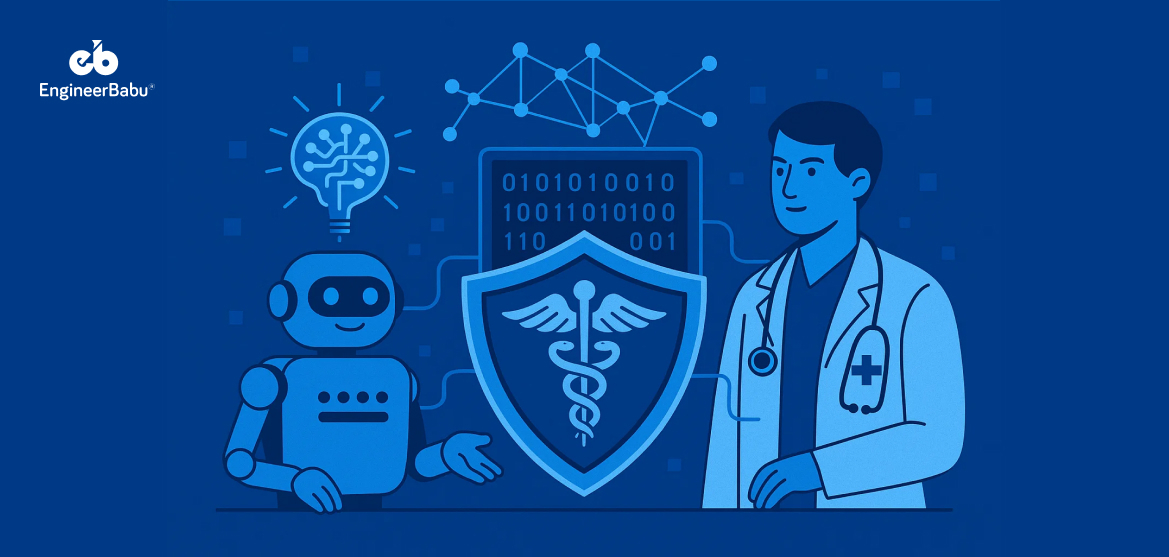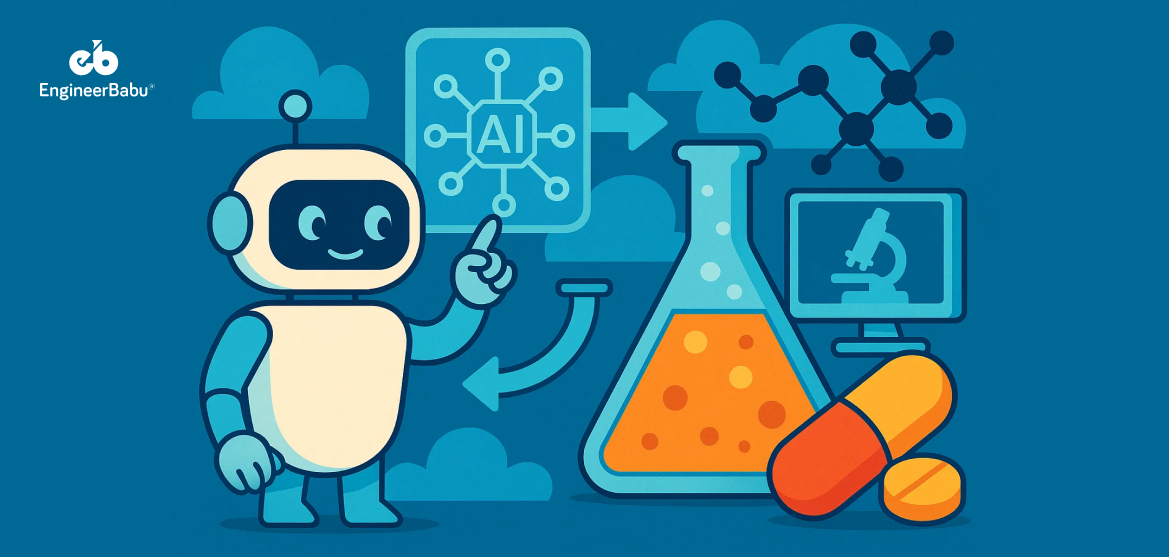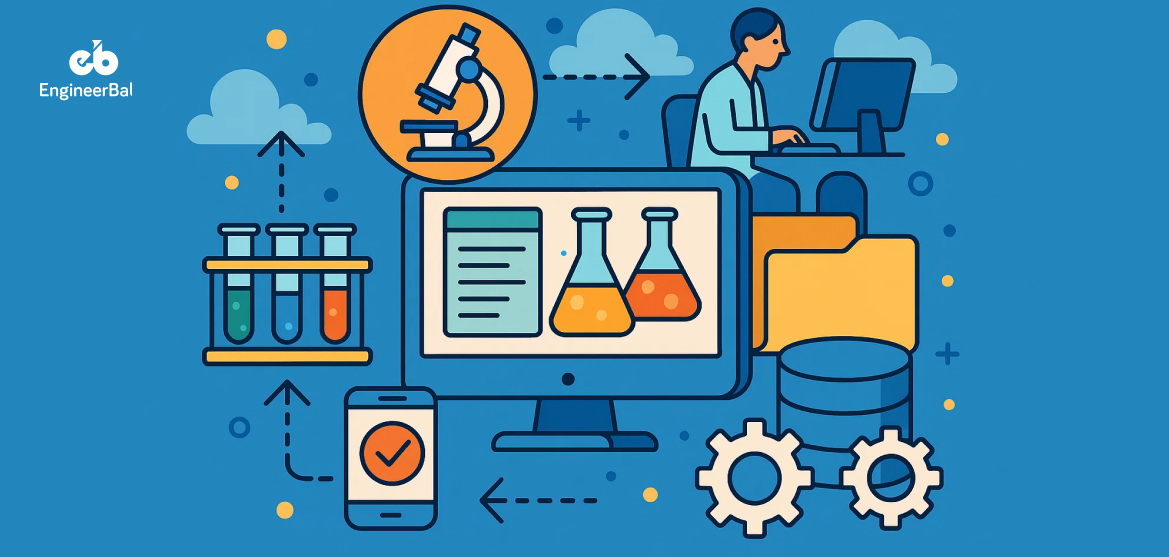5G is reshaping how healthcare works across hospitals, clinics, and virtual care platforms. With speeds up to 100 times faster than 4G and ultra-low latency, this next-gen technology is enabling real-time patient monitoring, remote surgeries, AI-driven diagnostics, and even smart ambulances.
According to a 2025 report by Astute Analytica, the 5G healthcare market is set to surpass $808.4 billion by 2033—a clear sign that the future of medicine is deeply wired into faster connectivity.
From remote robotic surgeries to predictive patient analytics, 5G is accelerating innovations that were once limited by connectivity constraints.
Let’s dive into 10 powerful ways 5G is revolutionizing healthcare apps, and how you can stay ahead of the curve.
Use Cases of 5G in Healthcare
Real-Time Remote Patient Monitoring
5G enables healthcare apps to support continuous, real-time patient monitoring through wearables like smartwatches and biosensors. Unlike 4G, where delays were common, 5G’s ultra-low latency allows instant transmission of vital data such as heart rate, oxygen levels, and glucose levels.
This real-time access helps doctors detect abnormalities early and intervene quickly, improving patient outcomes. In chronic care, eldercare, and post-surgical recovery, 5G driven monitoring reduces hospital visits and keeps patients safer at home, marking a major shift toward proactive, connected healthcare.
Ultra-Remote Robotic Surgery
5G’s near-instantaneous data transmission is making remote robotic surgeries a reality. Surgeons can operate robotic instruments from thousands of miles away with unmatched precision, thanks to 5G’s ultra-low latency and stable connectivity.
In 2019, China’s first remote surgery over a 5G network successfully removed a patient’s liver tumor, demonstrating how 5G can bridge critical care gaps.
By minimizing delays, 5G ensures that surgical robots respond in real-time to a surgeon’s movements, opening new possibilities for rural healthcare and emergency interventions where specialist access is limited.
High-Definition Telemedicine Consultations
Telemedicine apps are evolving rapidly with 5G. Instead of pixelated video calls and dropped connections, doctors and patients can now experience crystal-clear, high-definition consultations.
5G’s higher bandwidth supports real-time data sharing, enabling doctors to review medical imaging, lab results, and patient histories during live sessions without lag. This richer interaction builds trust, improves diagnostic accuracy, and expands healthcare access for patients in underserved areas.
As telehealth continues to grow, 5G’s role in delivering seamless, high-quality virtual care is becoming indispensable.
AI-Powered Diagnostics and Imaging
5G is accelerating the use of AI in healthcare apps, especially for diagnostics and imaging. Medical scans like MRIs and CTs generate massive data files that traditionally took minutes—or longer—to upload and analyze.
With 5G, these images can be transmitted and processed almost instantly. AI algorithms can then detect abnormalities faster, leading to quicker diagnosis and treatment decisions.
In critical care and emergency rooms, this speed can make a life-saving difference. Faster diagnostics also mean better workflows and less patient waiting time.
Smart Ambulances and Emergency Response
Emergency services are being transformed by 5G-enabled smart ambulances. Equipped with IoT devices and high-speed connections, these ambulances can stream real-time patient vitals, video feeds, and medical data directly to hospital teams before arrival.
This allows doctors to prepare treatment plans even before the patient reaches the ER, drastically improving response times. 5G also supports telemedicine consultations inside ambulances, allowing paramedics to receive live guidance from specialists during transit.
This proactive communication is reshaping how first responders handle critical cases.
Connected Wearables and IoMT Devices
The Internet of Medical Things (IoMT) is expanding rapidly, and 5G is the fuel driving its growth. Connected devices like insulin pumps, heart monitors, and ingestible sensors require constant, reliable data transmission—something 5G handles effortlessly.
Healthcare apps can now collect, analyze, and act on patient data in real time, offering dynamic monitoring and alerts.
With 5G’s ability to support millions of devices per square kilometer, hospitals and clinics can build expansive, interconnected ecosystems that improve both individual patient care and population health management.
Remote Training and Medical Education
5G is reshaping how medical education and professional training happen. Virtual reality (VR) and augmented reality (AR) tools powered by 5G allow students and professionals to participate in immersive surgical simulations and interactive anatomy lessons in real time.
Instructors can guide procedures remotely without lags, creating collaborative classrooms that cross borders.
Hospitals are also using 5G-enabled AR for live surgical broadcasts, where trainees can watch complex procedures unfold from anywhere in the world. This shift is making specialized training far more accessible.
Efficient Hospital Operations and Asset Management
Hospitals are becoming smarter with the help of 5G-powered apps and IoT sensors. Real-time tracking of medical equipment, automated patient flow management, and predictive maintenance of critical devices are now possible with continuous, reliable data streams.
Healthcare apps can instantly alert staff about equipment availability, monitor supply chain needs, and optimize patient scheduling.
This kind of operational intelligence not only reduces waste and downtime but also enhances overall patient care efficiency. In the future, fully connected hospitals powered by 5G will be the norm, not the exception.
Enhanced Data Security and Compliance
Data security is a critical concern in healthcare, and 5G is raising the bar. With built-in features like network slicing, encryption, and end-to-end security protocols, healthcare apps can protect sensitive patient information more effectively.
5G networks can create isolated, dedicated slices for healthcare data, ensuring HIPAA and GDPR compliance without compromising speed.
5G reduced the vulnerabilities linked to public internet exposure. This enables healthcare providers to confidently embrace digital transformation while maintaining trust and safeguarding patient privacy.
Personalized Medicine and Predictive Analytics
5G is unlocking new possibilities for personalized healthcare. Apps can now collect vast amounts of real-time patient data—from genetic profiles to lifestyle habits—and process it instantly with AI and machine learning tools.
This enables the development of personalized treatment plans, early disease detection models, and predictive healthcare analytics. Doctors can intervene before a condition worsens, based on real-time risk analysis.
The result is healthcare that’s not just reactive but highly proactive, tailored precisely to individual patient needs.
Conclusion
5G is becoming the backbone of modern healthcare innovation. From enabling real-time patient monitoring to making remote surgeries and predictive analytics possible, 5G is pushing healthcare apps into an era of speed, precision, and personalization. As networks expand and devices become smarter, the healthcare industry will continue to unlock powerful new ways to deliver better, faster, and more connected care.
For startups, healthcare providers, and technology innovators, embracing 5G isn’t just about keeping up—it’s about leading the future of patient experience and care delivery.
If you’re looking to build next-generation HealthTech solutions that harness the full potential of 5G, EngineerBabu is ready to help bring your vision to life.
FAQs
1. How is 5G improving the performance of healthcare apps?
5G provides faster data transmission, lower latency, and higher network reliability, enabling real-time patient monitoring, seamless telemedicine consultations, and advanced AI-driven diagnostics in healthcare apps.
2. What are the biggest challenges in implementing 5G in healthcare?
Challenges include high infrastructure costs, data security concerns, integration with legacy systems, and regulatory compliance around sensitive patient information.
3. Which healthcare sectors are seeing the fastest adoption of 5G technology?
Sectors like telemedicine, remote patient monitoring, robotic surgery, smart ambulance services, and AI-based diagnostics are leading the early adoption of 5G in healthcare.
4. How does 5G contribute to better patient outcomes?
By enabling faster diagnostics, continuous remote monitoring, and instant communication between patients and healthcare providers, 5G helps identify health issues earlier and supports quicker interventions, improving overall patient outcomes.
5. How can EngineerBabu help in building next-generation 5G healthcare solutions?
EngineerBabu specializes in HealthTech development, offering end-to-end solutions for startups, hospitals, and enterprises. From building real-time monitoring apps to integrating IoMT devices and AI-driven diagnostics, EngineerBabu helps you create scalable, secure, and future-ready healthcare applications powered by 5G.




